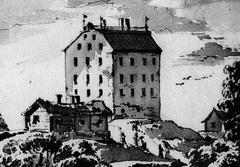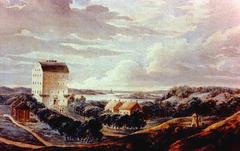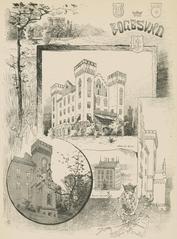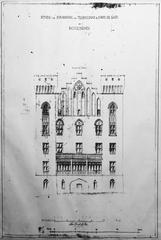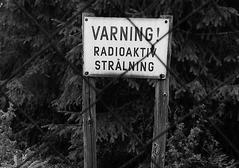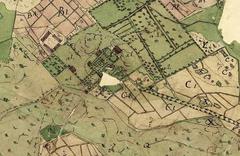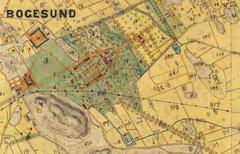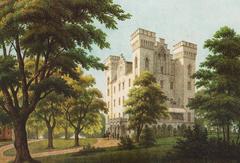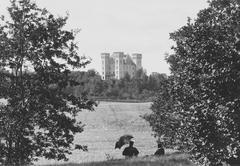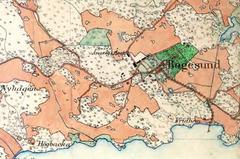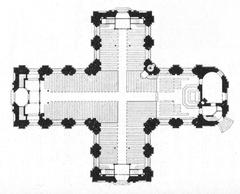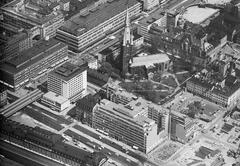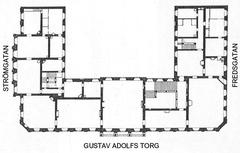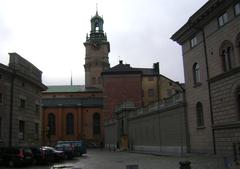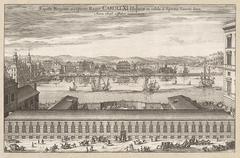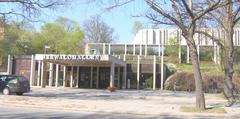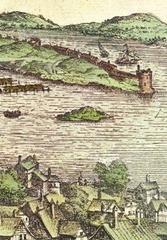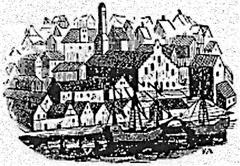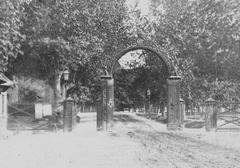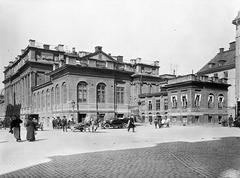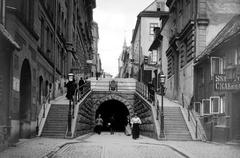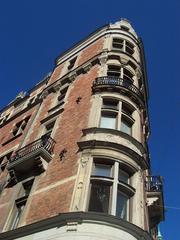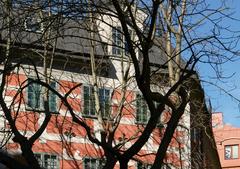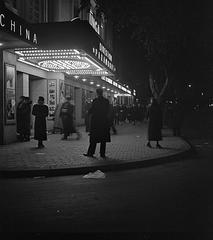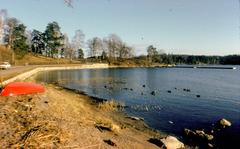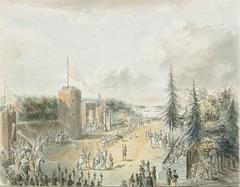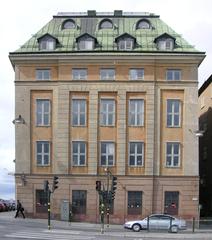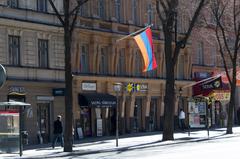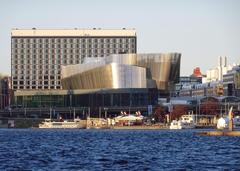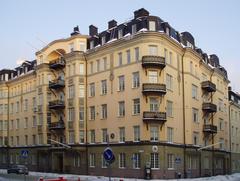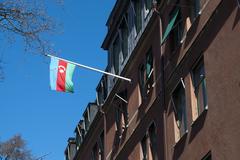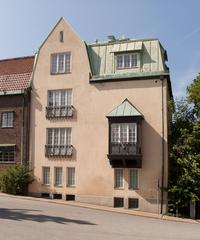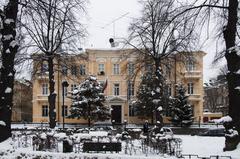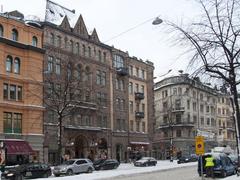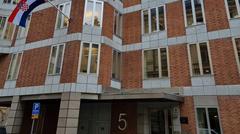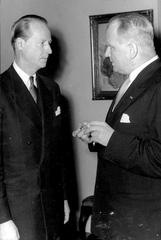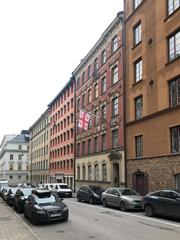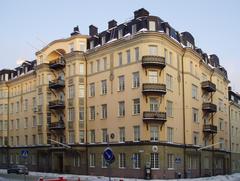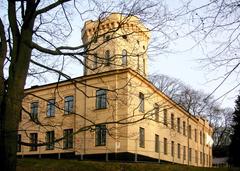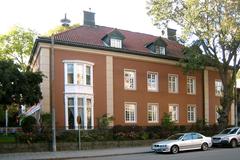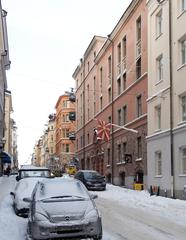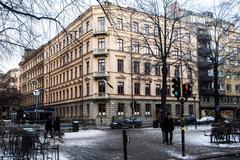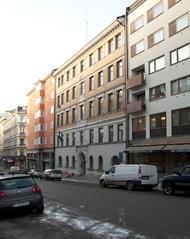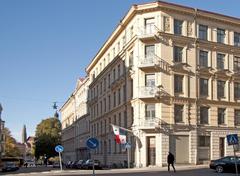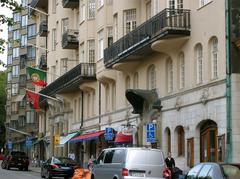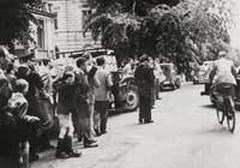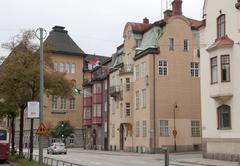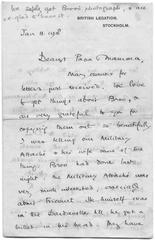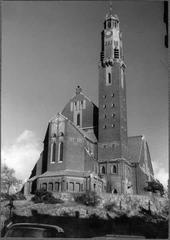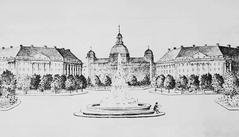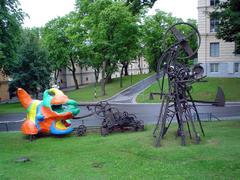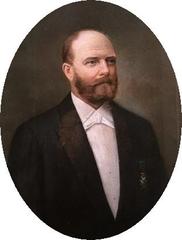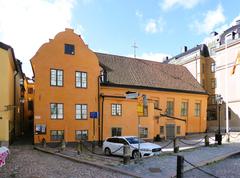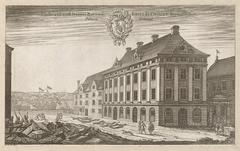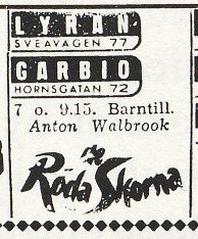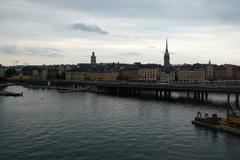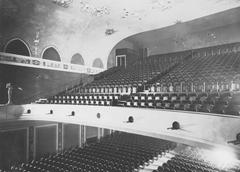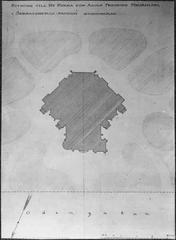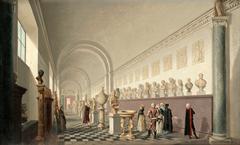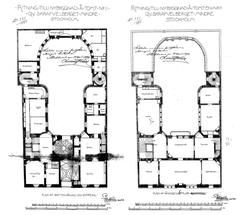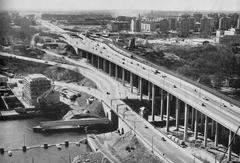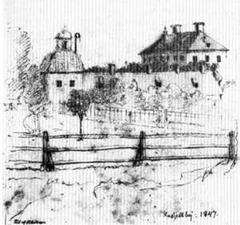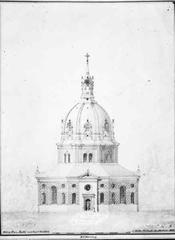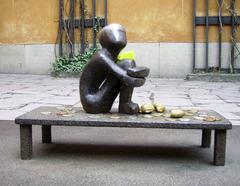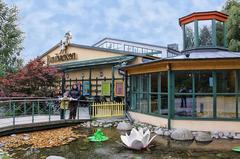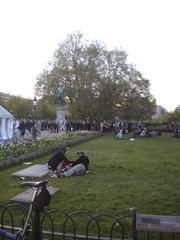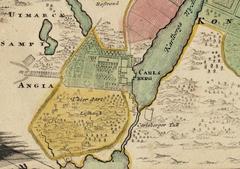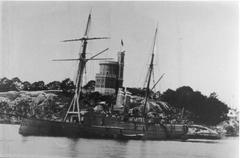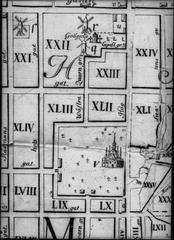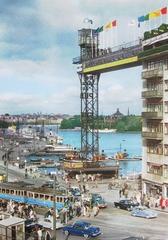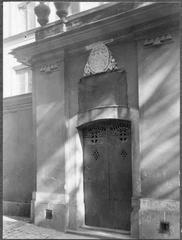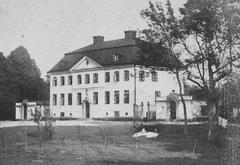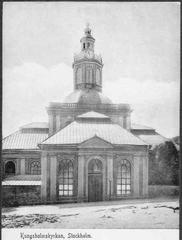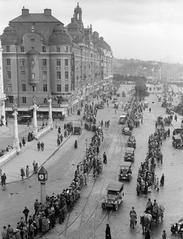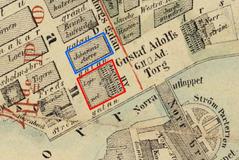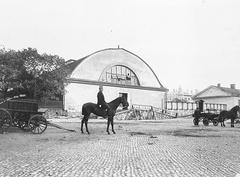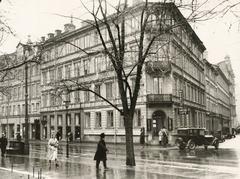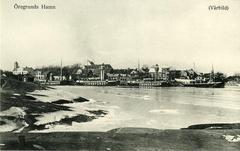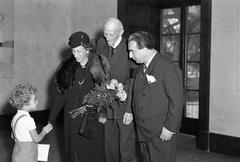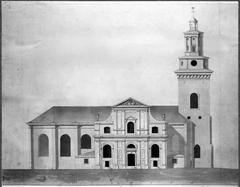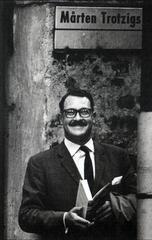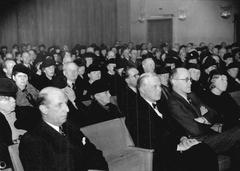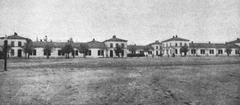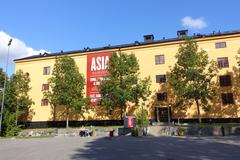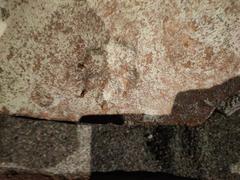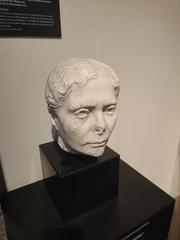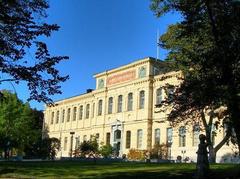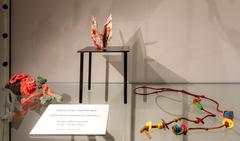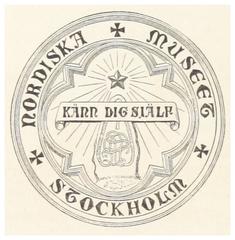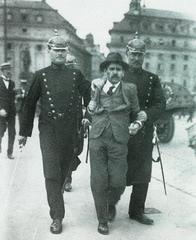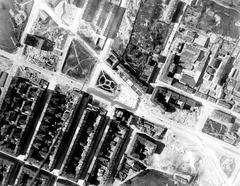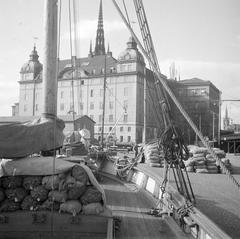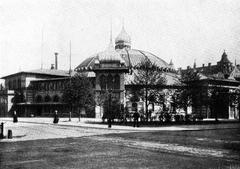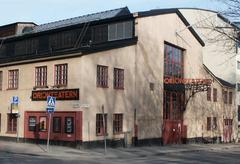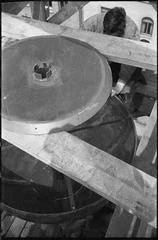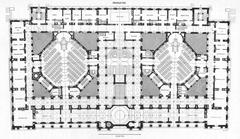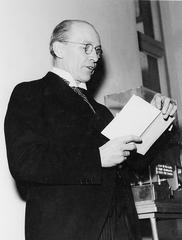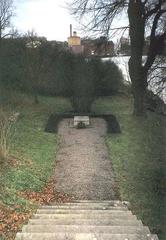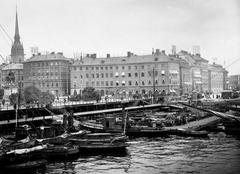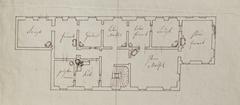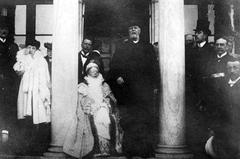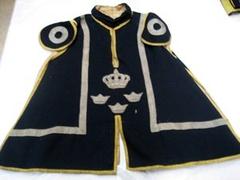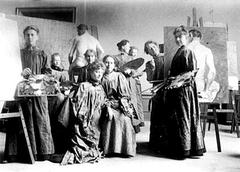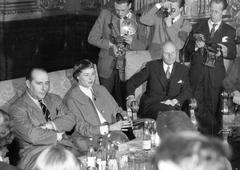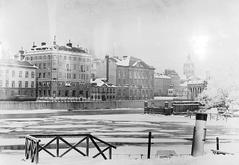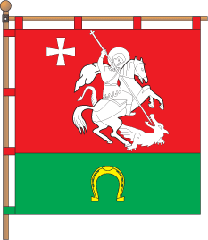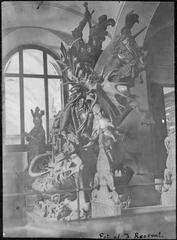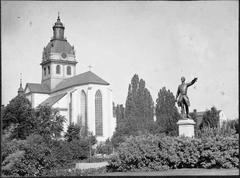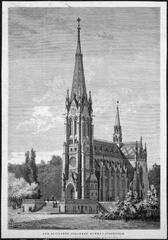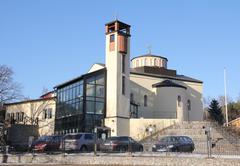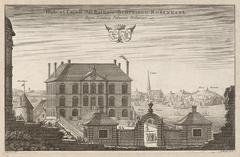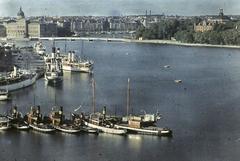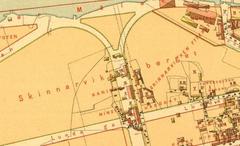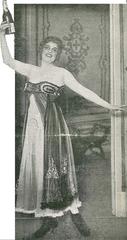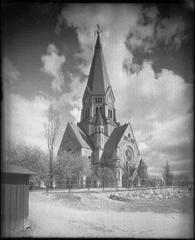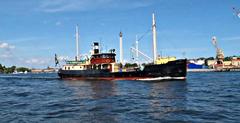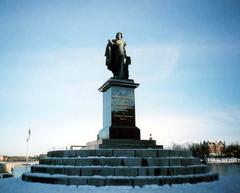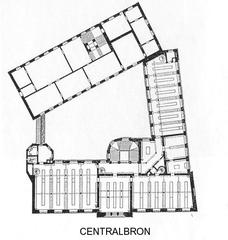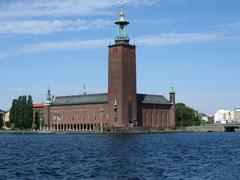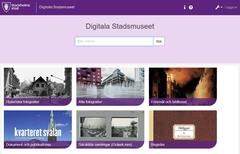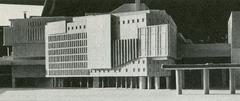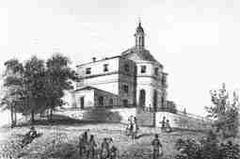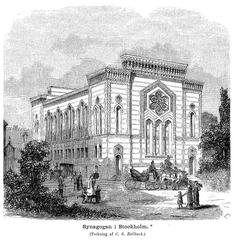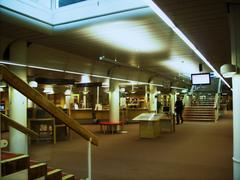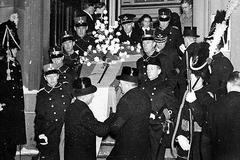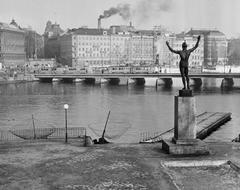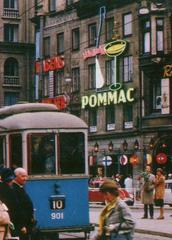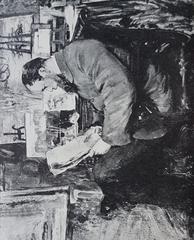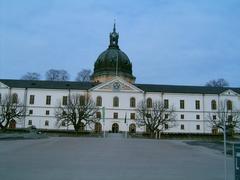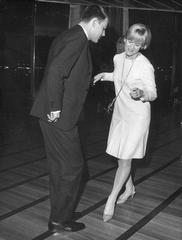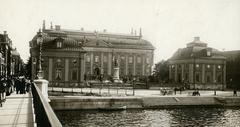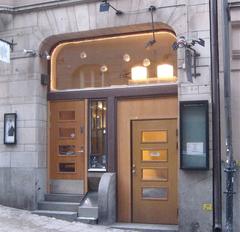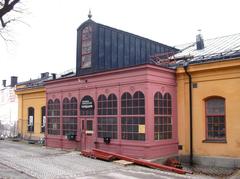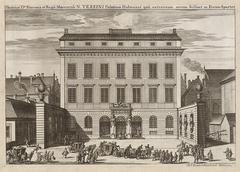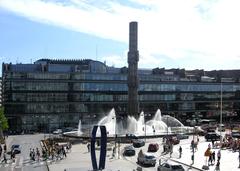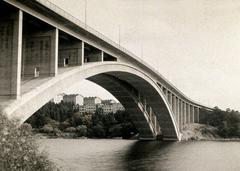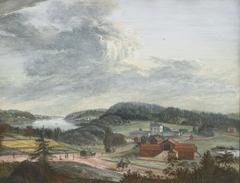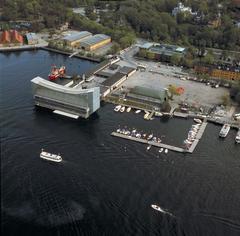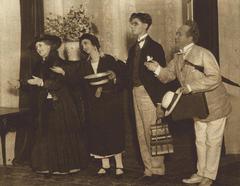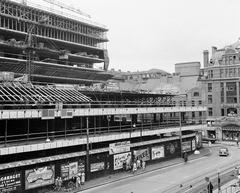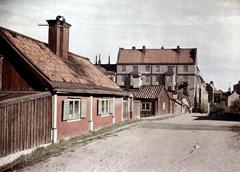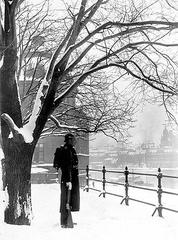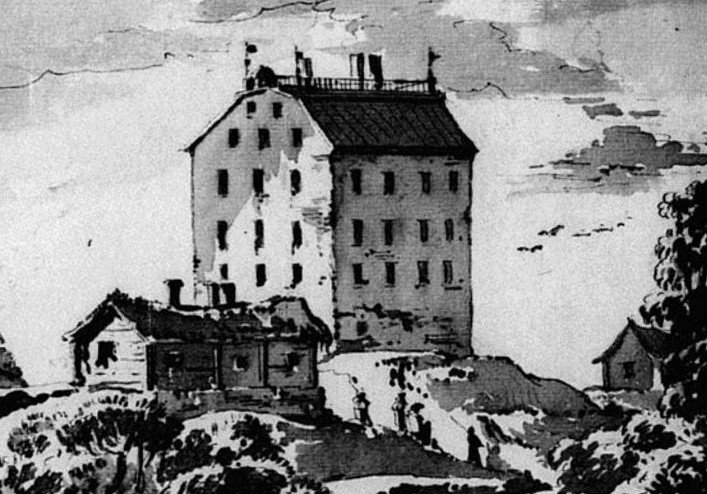
Visiting Bogesund Castle: Hours, Tickets, and Travel Tips
Date: 31/07/2024
Introduction
Bogesund Castle, or Bogesunds slott, is a captivating historical landmark located in the picturesque Bogesundslandet peninsula, just 15 kilometers east of Stockholm, Sweden. This 17th-century castle offers a rich tapestry of Swedish history, architecture, and nature, making it a must-visit destination for history buffs, architecture enthusiasts, and nature lovers alike. Originally constructed in the 1640s by Count Per Brahe the Younger, Bogesund Castle has undergone several architectural transformations and ownership changes, each adding layers to its historical significance (Wikipedia). Today, the castle stands as a protected building monument, managed by the National Property Board of Sweden (SFV), and is open to the public during the summer months. Visitors can explore its well-preserved interiors, enjoy guided tours, and partake in various events hosted at the castle (Bogesundslandet). Additionally, the surrounding Bogesundslandet Nature Reserve offers an array of outdoor activities, including hiking, biking, and bird-watching, enhancing the overall visitor experience (Bogesundslandet). This comprehensive guide aims to provide all the necessary information for planning a visit to Bogesund Castle, including historical insights, visiting hours, ticket prices, travel tips, and nearby attractions.
Table of Contents
- Introduction
- Historical Background
- Current Status and Public Access
- Travel Tips and Visitor Information
- Nearby Attractions
- Conclusion
- FAQ
- References
Historical Background
Early History and Construction
Bogesund Castle, originally known as Bogösund, is located in the municipality of Vaxholm. The earliest parts of the castle were constructed in the 1640s by Per Brahe the Younger (1602–1680), who inherited the estate in 1630. The original structure was a four-story building with a nearly cubic shape, featuring a broken saddle roof and a roof terrace. The castle’s initial design included several outbuildings and two pavilions in the garden (Wikipedia).
Architectural Evolution
Throughout its history, Bogesund Castle underwent several renovations and reconstructions, with the most significant transformation occurring in the 1860s. During this period, the castle acquired its current medieval romantic appearance, characterized by towers and Gothic windows, based on drawings by architects Fredrik Wilhelm Scholander and Thor Medelplan (Wikipedia).
Ownership and Historical Significance
Bogesund Castle has been owned by several noble families over the centuries, including the Brahe, Hamilton, von Rosen, von Lantingshausen, and von Höpken families. Each family contributed to the castle’s history and development (Wikipedia). The castle’s historical significance is highlighted by its well-preserved layout and interior details from the 17th century, featuring woodwork, tiled stoves, and wallpapers from the late 18th and early 19th centuries (Bogesunds Slott).
Decline and Restoration
By the early 20th century, Bogesund Castle had fallen into disrepair. The last private owner, Lieutenant Baron Nils von Lantinghausen von Höpken, locked the castle in 1916 due to the inability to afford its maintenance. In 1946, the Swedish state acquired the castle, which was later used as a rehabilitation center. Since 1993, the National Property Board of Sweden has managed the castle, initiating extensive restoration work in 1996. The castle was officially reopened on August 11, 2012 (Wikipedia).
Current Status and Public Access
Today, Bogesund Castle is a protected building monument open to the public during the summer months. The castle’s park features a hostel with a café and several well-preserved worker’s cottages from the late 19th century. The surrounding Bogesundlandet area is a large nature and recreational area with hiking trails, offering opportunities to explore the rich animal and bird life (Stockholms läns museum).
Travel Tips and Visitor Information
- Visiting Hours: The castle is open to visitors during the summer months. Be sure to check the official website for current visiting hours.
- Tickets: Entrance fees may apply. Check the official website for ticket prices and availability.
- Guided Tours: Guided tours are available and highly recommended to fully appreciate the castle’s rich history and architectural details.
- Special Events: The castle occasionally hosts special events and exhibitions. Keep an eye on the event calendar for upcoming activities.
- Photography: The picturesque location and historical architecture make Bogesund Castle a perfect spot for photography. Don’t forget your camera!
Nearby Attractions
While visiting Bogesund Castle, consider exploring other nearby attractions:
- Vaxholm Fortress: Located in the town of Vaxholm, this historical fortress offers fascinating insights into Sweden’s military history.
- Stockholm Archipelago: Enjoy a boat tour or hike in the stunning Stockholm Archipelago, known for its natural beauty and charming villages.
- Rydboholm Castle: Another historical site worth visiting, located a short drive from Bogesund Castle.
Conclusion
Bogesund Castle’s rich history, architectural evolution, and significance as a cultural heritage site make it a fascinating destination for visitors. The castle’s transformation from a noble manor to a state-protected monument, along with its picturesque location and historical context, offers a unique glimpse into Sweden’s past. Visitors can explore the castle’s well-preserved interiors, enjoy the surrounding nature reserve, and learn about the noble families who once called Bogesund home. Plan your visit today and immerse yourself in the enchanting history of Bogesund Castle.
FAQ
- What are the visiting hours for Bogesund Castle? Visiting hours vary by season. Check the official website for the most up-to-date information.
- How much are tickets for Bogesund Castle? Ticket prices can be found on the official website. Discounts may be available for children, students, and seniors.
- Are there guided tours available at Bogesund Castle? Yes, guided tours are available and provide valuable insights into the castle’s history and architecture.
